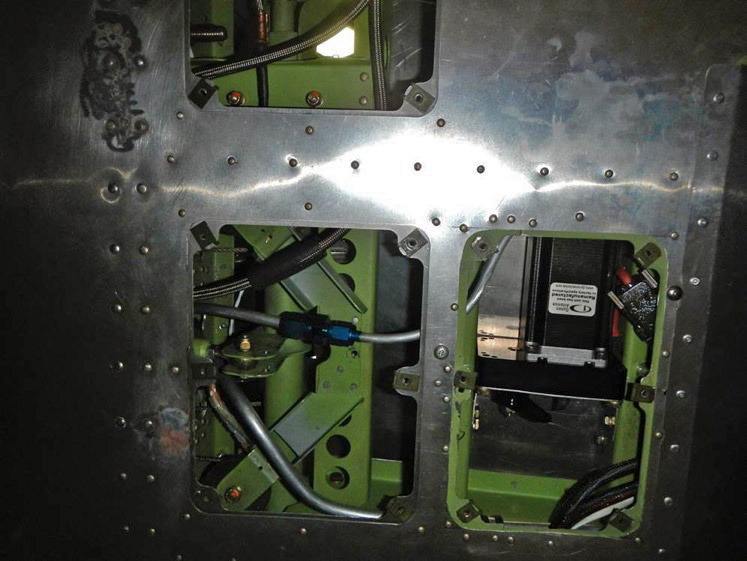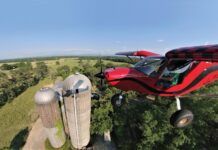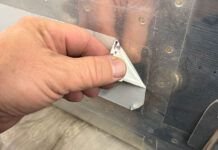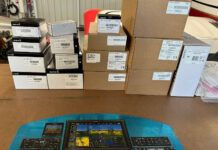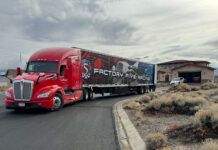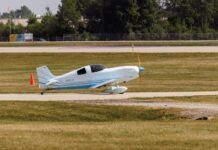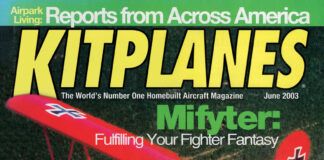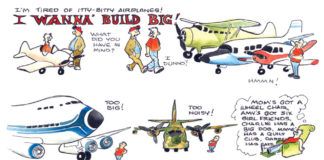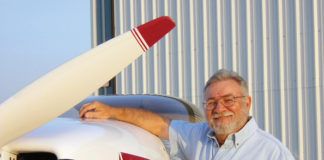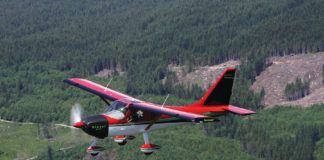Well, we have a plan for getting our Tundra back into the air, and I think it is a good one–partly because we think we know what caused the ripples in the belly skin, and mostly because we had a chat with the factory engineers over the issue, and came up with a plan that they liked. Never underestimate the value of getting answers directly from the folks that designed you airplane or kit, despite that it might be difficult to get ahold of them and the internet with your type’s user forum is so easy to ask. When it comes to complex problems, I like to get my answers from the folks that have data to back up their answers–even if (as in this case) it requires a translator on the phone to convert the questions from English to French, and the answers from French to English.
In this case, the problem appears to be due to the torque effects of the engine. If you picture the basic structure supporting the engine forward of the doorposts as one with four longerons extending forward, with diagonal bracing in the side panels, you have a nice stiff structure to support the engine weight loads. But, like the Wright Brother’s cardboard inner tube box that inspired wing warping, you can twist that box by grabbing opposite ends and turning in different directions.
The Tundra was designed with a fairly thin belly skin in this area, with the assumption that the loads would be carried at the corners. But the 0.020” skin – with access panels cut out – simply didn’t provide enough shear strength to counter the torsional loads. So a doubler is called for – a doubler with several of the access panels removed (those areas are accessible from above via access panels in the aircraft floor). It will require drilling out a large number of rivets, shaping a thicker, 0.032” panel to nest underneath the existing panel, and then using a combination of solid and CherryMax rivets to tie the whole thing back together.
I expect that you’ll see an article (or two) on repairing and strengthening aluminum structure sometime in the future here at Kitplanes.

